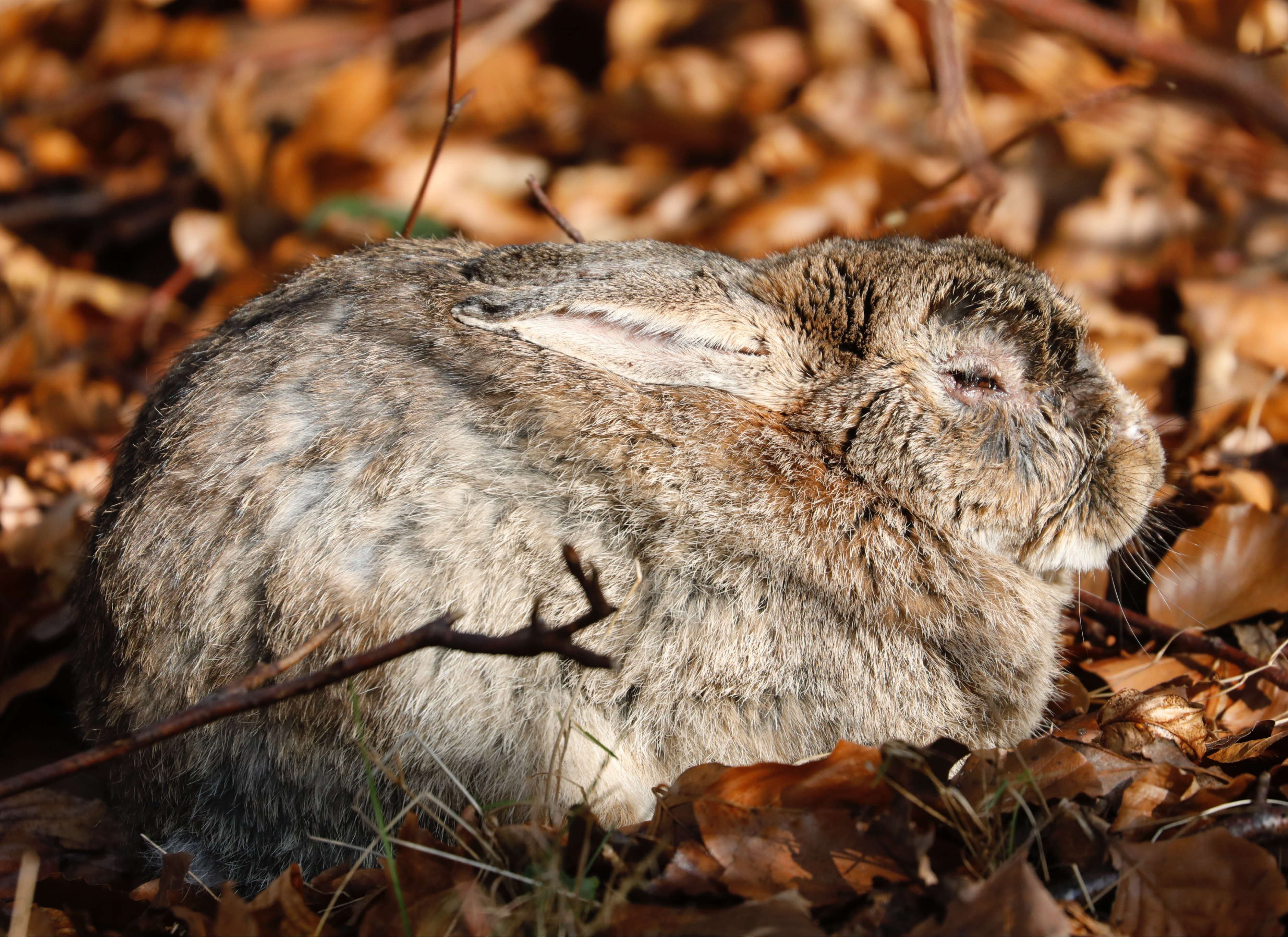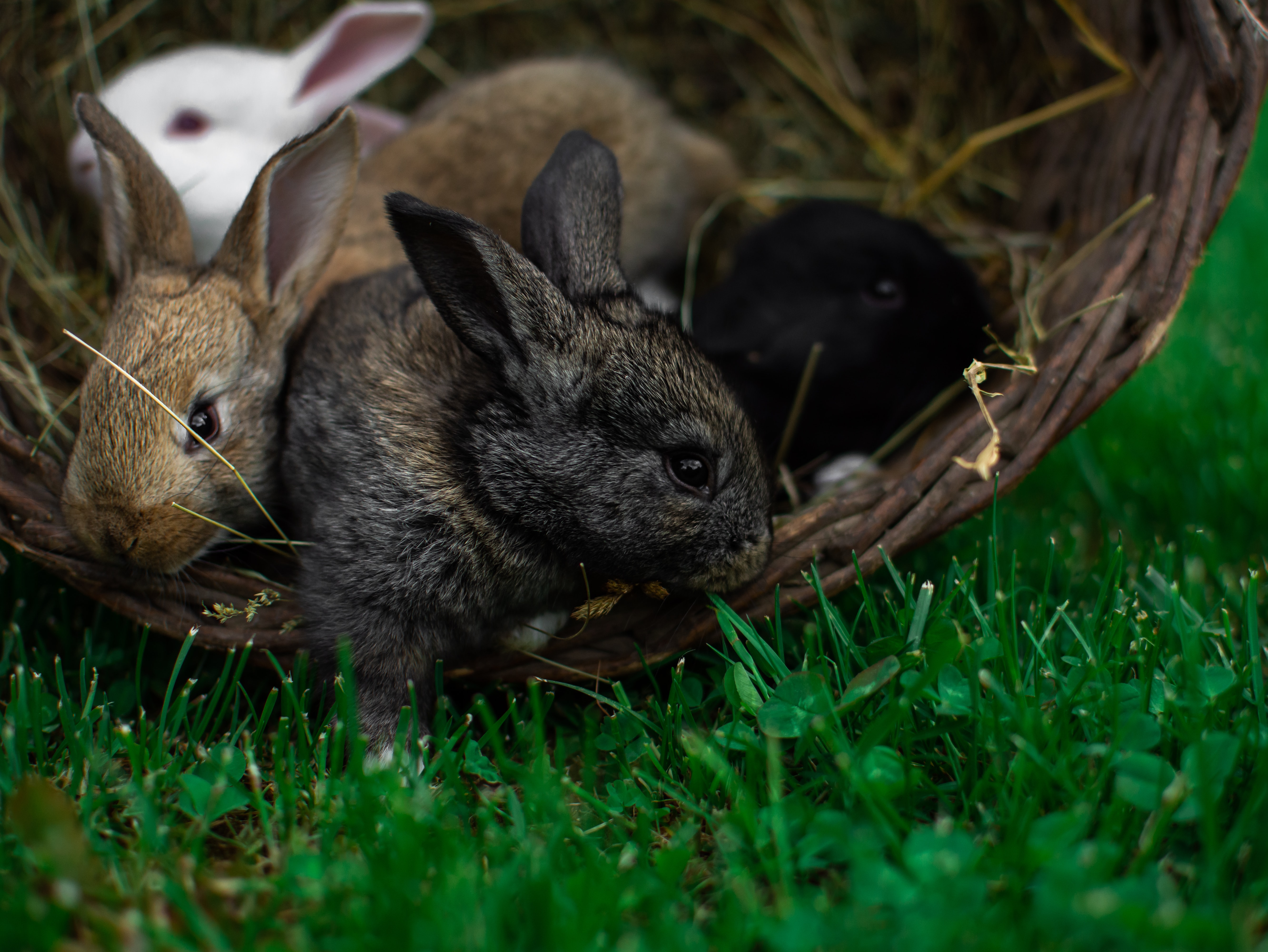Rabbit Breeders
Interested in raising rabbits?
Join us as we go deep down the rabbit hole!!
Here at The Kapristo Rabbitry we raise colored New Zealand’s, purebred White New Zealand’s, and purebred Silver Fox.
Let’s go over the steps to take to choose the rabbit that is right for you. The basics of general raising and caring for rabbits. As well as meat rabbit-specific information.
I do not claim to be a bunny expert and suggest you do good research before getting into adding rabbits to your homestead.
Breeding Rabbits
Colored New Zealand
Our colored New Zealands are not purebred. They are ideal for raising meat on your homestead. We offer an unrelated pair, a breeding trio. Our New Zealand rabbits grow to an average of 11 lbs as adults. The fryers dress out at 4 lbs.
Juniors will be available after you request them. If you are interested in breeding please email me, and let me know what you are wanting. The next batch will be ready at the start of July 2022.
The kindles that we have right now are sand-colored and black.
*New Zealand rabbits are NOT suitable as pets for kids. Feel free to ask me more about this.
Purebred Silver Fox Juniors
Our Silver Fox Juniors are purebred. They are ideal for raising meat on your homestead. We offer an unrelated pair, a breeding trio. Silver Fox rabbits grow to an average of 9-10 lbs as adults. The fryers dress out at 4 lbs.
Silver Fox rabbits are similar to New Zealand's in weight and kindle sizes. However they have a different temperament, they are more docile and don't tend to kick and bite as much as New Zealand. They also have a unique fur called flyback which is beautiful, good for furs and fly-fishing.
Juniors will be available after you request them. If you are interested in breeding please email me, and let me know what you are wanting. The next batch will be ready the second week of August 2022.
Original price was: $96.00.$50.00Current price is: $50.00.
If you have any questions about raising rabbits or breeding rabbits email me anytime.
Why Rabbits?
Before you commit to anything, decide what you want rabbits for. What are your goals with raising rabbits?
Are you just wanting meat for you and your family?
Do you want to tan hides?
Are you looking for a pet for your kids?
Are you interested in breeding show rabbits?
Do you want to raise rabbits to sell for meat, show, or pets?
Knowing what your goals are is a very important step in deciding what breed of rabbit is best for you.
MAKING AN EDUCATED PURCHASE
Knowing where your rabbits come from is very important to ensure you are getting the breed you are looking for.
I am speaking from experience. I have bought New Zealand rabbits that have Flemish in them. I learned this after I brought them home. I have also bought bunnies that did not get handled enough as kits, and they cower in the corner whenever we come near them.
Unless you are getting a certification with your rabbits, you’ll have to trust that the breeder is truthful. However, there are ways to educate yourself. Knowing the breed standards of the rabbit you are looking to buy will help a lot. Know the body shape, fur type, and other traits. This info can be found through a general web search or, more accurately, through ARBA.
Trusting the breeder, being knowledgeable, and visiting the rabbitry should ensure that you are getting what you want in a breed.
Meat Rabbits
Every breed of rabbit has different availability, growth rates, litter sizes, and temperaments.
Top 3 meat breeds
~American – rare, good growth rate, large litters, great temperament.
~ New Zealand – common, good growth rate, medium litters, medium temperament.
~ Silver Fox – rare, great growth rate, large litters, great temperament.
Purebred is best. Preserving breeds is just as important as preserving seed genetics. Try not to alter the gene pool with meat mongrels.
If you are only going to be raising rabbits for your own personal use then getting a good meat mongrel is okay. Be ethical though and do not sell them as breeders!
AVOID anything with Flemish in them. It might be hard to find a rabbit that has not been contaminated with Flemish. The Flemish are large rabbits. Not because they have lots of meat but cause they grow big bones. With Flemish, you may only get a 50% yield of meat.
Breeding
Breeding programs can be set-up in a few different configurations, depending on your space, meat value wants, and whether you want to maintain your own breeders.
If you have less space and a low meat requirement, you can have a pair of rabbits made up of a Doe and a Buck.
A breeding trio is more common, which is one Buck and two Does.
To have a self-sufficient line of breeding two unrelated pairs is best.
Different breeds become mature at different ages. This very important! If you breed your Doe too young, damage can be done, and her life expectancy can be shortened.
Large breeds, such as New Zealand, Silver fox, and Americans, are ready to breed at 9 months old, no sooner. A doe will kindle her kits after a gestation period of 30 days. Kits are weaned off after 30 days and are ready to harvest when they are three months old.
One Doe can have up to 4 litters a year. A breeding program of more litters than that a year will shorten the life span of your Doe.
Fryers should be harvested at 50% of their full weight. With the large breeds, this is either 5lb or three months old. A good meat rabbit should give you a 60% yield. On average, a trio of breeders will provide you with 190 lbs/year. Rabbits harvested for meat are young, and their pelts are not suitable for tanning as the skin is very thin and will rip easily.
Environment
Bunnies are cold-tolerant animals. Keeping them outside in the winter is no problem. The only issue is keeping their water flowing.
Rabbits require a dry, wind-free area, and cool. Rabbits are prone to respiratory problems so good ventilation is key.
They can tolerant the cold but don’t do well in the heat!
Feed
It is best to feed your rabbits pellets.
Supplement their diet with different foliage, herbs, branches, grasses, and hay.
There are different vegetables that are harmful to rabbits and should be given in moderation. Make sure you do research on what your bunny should and shouldn’t eat.
Health Care
You will need to keep track of your rabbit’s health. Supplies needed to do that are a scale, nail clippers, and a rabbit table.
Keeping track of their weight will allow you to make good judgment calls about when to breed and when to harvest.
Other parts of the health check involve clipping nails, checking their teeth, and checking for ear mites.
If your rabbit shows any sign of sickness you will have to quarantine them to a separate area. As well as when you bring new rabbits home they will have to be quarantined before introducing them to your herd.
Housing
We house our rabbits separately in wire cages.
Avoid using wood at all costs. Wood absorbs urine and is a breeding ground for ear mites.
Hardware cloth is also not ideal as it is hard on their feet. Get a good quality 16 or 14 gauge fencing wire. Walls should be 1″ x 1″ or 1″ x 2″. The floors are .5″ x 1″. The floor allows all the urine and poop to fall through creating the cleanest environment possible.
You may consider raising your rabbits in a colony. I won’t go into the difference here.
Not only does every rabbit need their own cage but each breeding Doe needs at least 3 cages including their own. When you wean off the kits you’ll separate them by sex into their own cages to grow them out until you harvest them.
So if you have an active breeding trio you will need 7 cages.
Large rabbits should have a space of 36 X 30 X 24.
Supplies
The basic equipment you will need to keep your rabbits is food feeders, water feeders or water systems, hay feeders, and nesting boxes.
Get In Touch or Visit The Farm Anytime
1(250) 348-2286
farmer@kapristofarms.com










